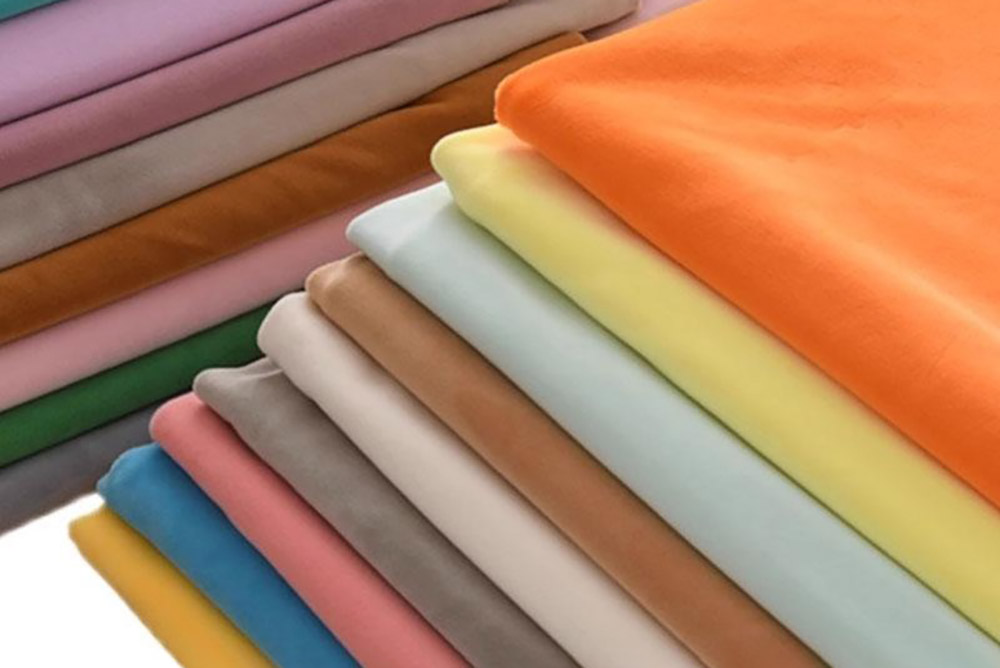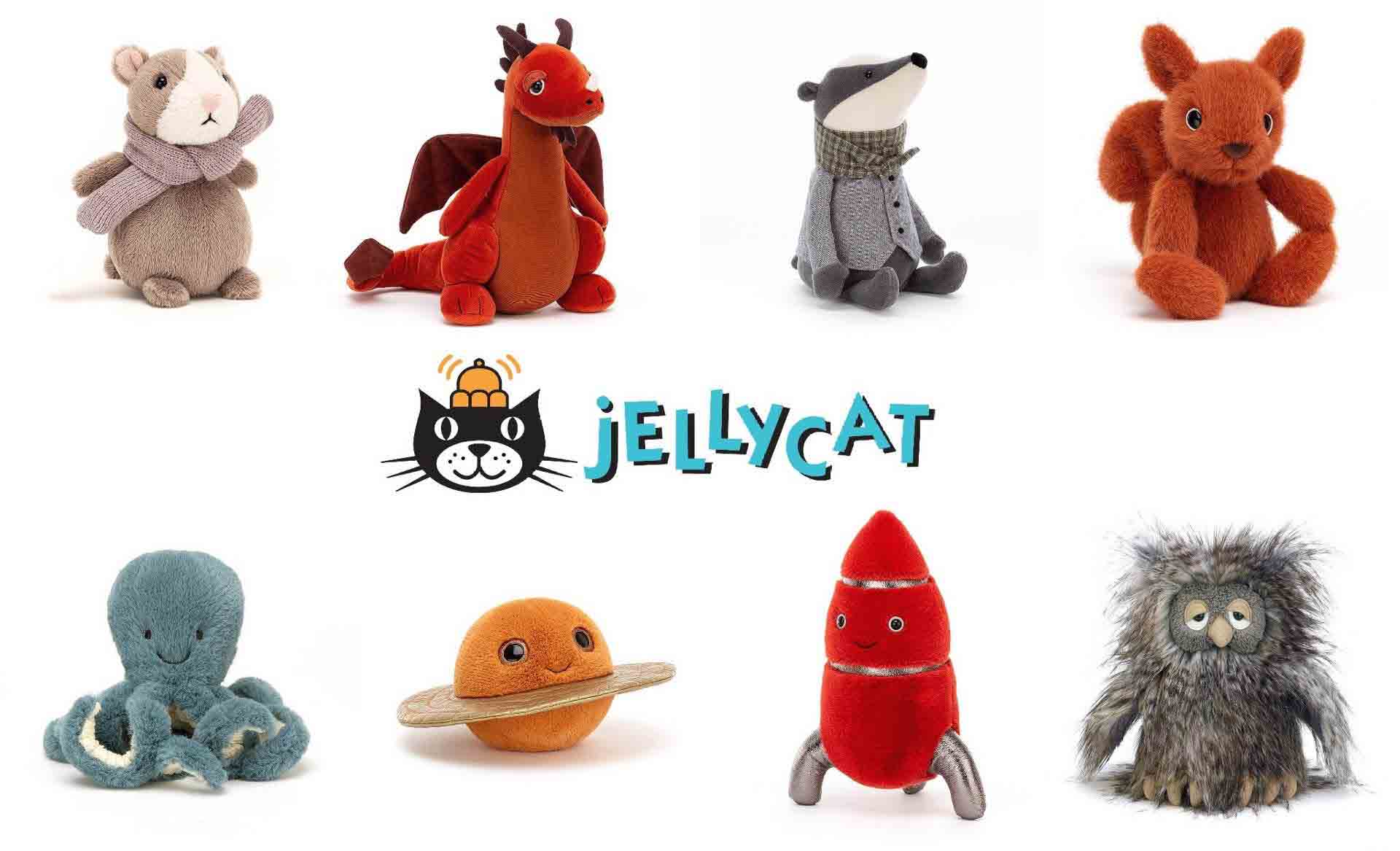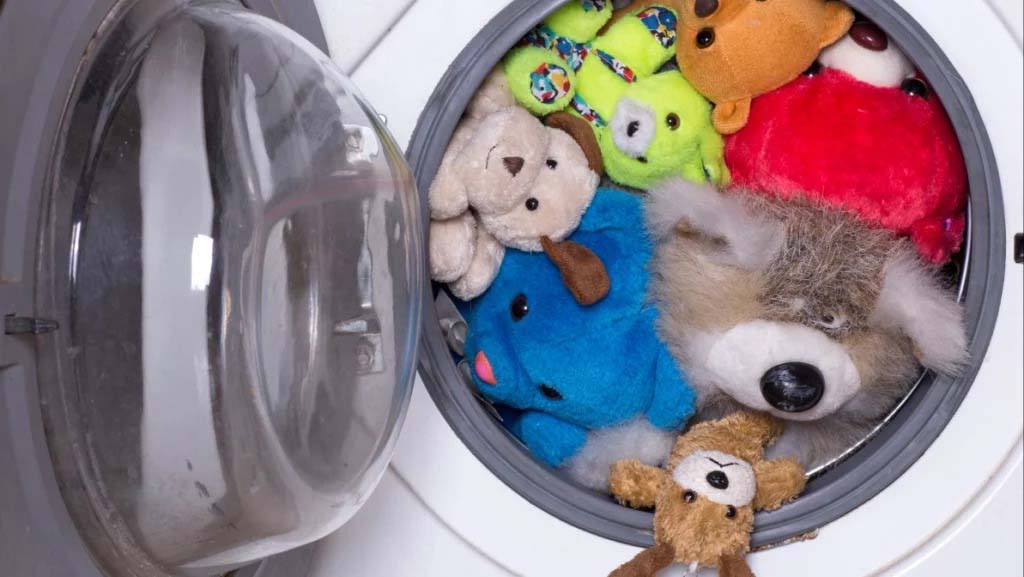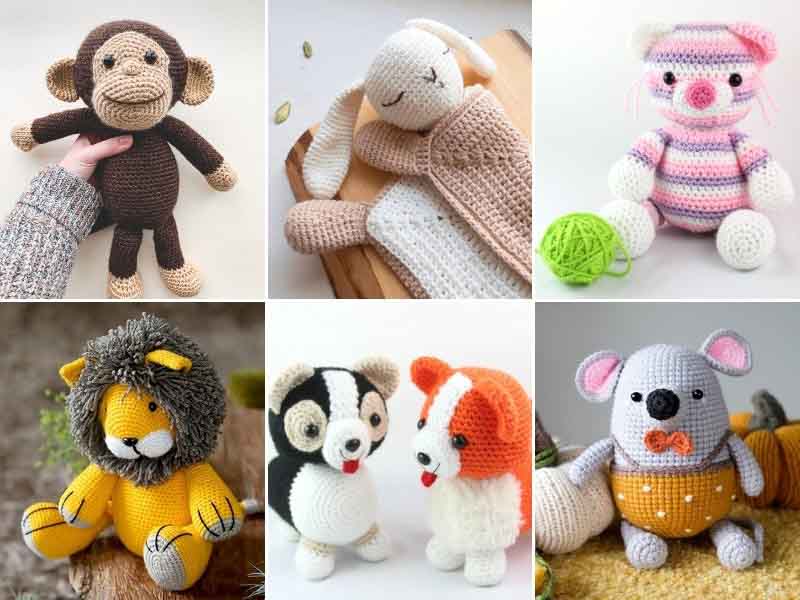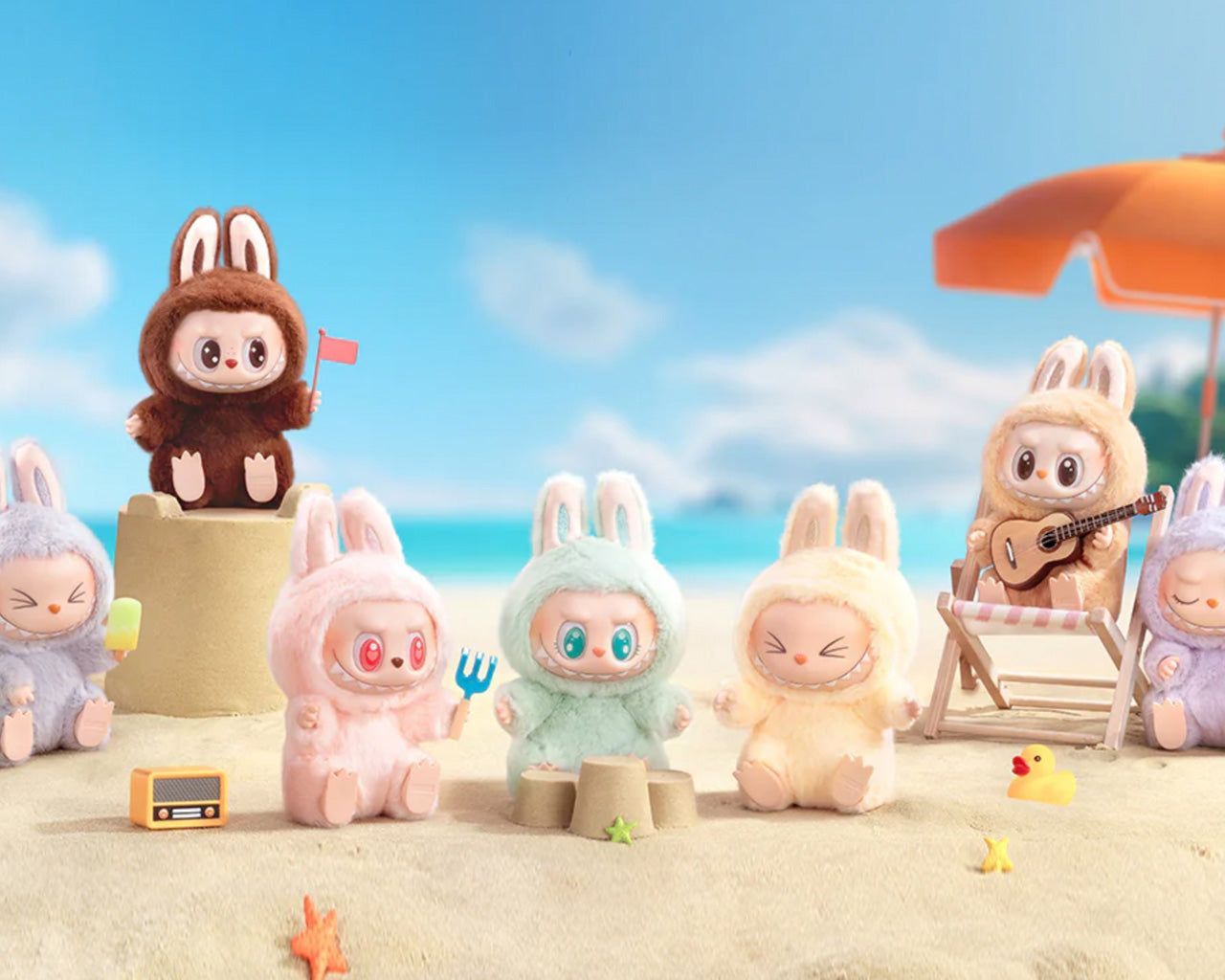Plush toys are loved worldwide because of their soft, safe, and comforting feel. While design gives them personality, the fabric defines how they look, feel, and last. Choosing the right fabric is not only about aesthetics but also about safety compliance, durability, and market success. Buyers who understand fabric options make smarter sourcing decisions and reduce risks in global trade.
The most common fabrics for plush toys include velboa, minky, fleece, faux fur, organic cotton, and RPET. Each has unique advantages in softness, price, durability, or sustainability. In this guide, we explore how these fabrics shape the plush toy industry and what buyers should know before selecting materials for custom orders.
What Are the Most Common Fabrics Used in Plush Toy Manufacturing?

In the plush toy industry, fabric is more than a surface—it is the soul of the product. Manufacturers usually work with a set of proven fabrics that meet safety, cost, and production requirements. Short-pile fabrics like velboa and minky dominate because they are versatile and easy to process. Long-pile fabrics like faux fur are chosen for realism. Eco-friendly fibers such as organic cotton and RPET are now rising due to sustainability demands.
Each fabric behaves differently in production. Velboa is known for its resistance to matting and cost efficiency. Minky provides unmatched softness for premium toys. Fleece offers affordability for promotional lines. Faux fur brings lifelike volume. Organic cotton and RPET target eco-conscious buyers. The ability to select the right one ensures both brand alignment and market appeal.
Common Fabrics Overview
| Fabric Type | Key Feature | Best Use Case | Market Appeal |
|---|---|---|---|
| Velboa | Durable, short pile | Mass-market plush toys | Cost-effective and easy care |
| Minky | Ultra-soft, luxury feel | Baby and premium plush toys | High comfort, premium touch |
| Fleece | Warm, soft, affordable | Small toys, promotional items | Budget-friendly option |
| Faux Fur | Long pile, realistic texture | Animal plush, lifelike designs | Adds visual volume |
| Organic Cotton | Natural, chemical-free | Infant and eco-friendly collections | Safe and sustainable |
| RPET | Recycled, eco-friendly | Global markets with eco standards | Sustainability-focused buyers |
How Do Short-Pile Fabrics Like Velboa and Minky Enhance Plush Toys?

Short-pile fabrics are the backbone of plush toy manufacturing. Velboa and minky dominate production lines across Asia because they combine workability with consumer appeal. These fabrics are easy to cut, sew, and embroider, allowing factories to scale production quickly while keeping toys consistent in quality.
Velboa is a go-to choice for mass-market plush because it is cost-efficient, durable, and easy to clean. It holds stitches well and resists wear, making it perfect for toys expected to endure repeated use. On the other hand, minky has become the star of premium collections. Its silky texture appeals strongly to parents buying for infants and toddlers, who want toys that feel soothing and safe.
Market positioning also matters. Velboa works well in supermarkets and promotional toys, while minky often appears in boutique retail, e-commerce stores, and baby gift collections. Buyers must evaluate whether their target audience values affordability or luxury touch before choosing between them.
Velboa vs. Minky Comparison
| Feature | Velboa | Minky |
|---|---|---|
| Pile Length | Short, smooth | Medium, plushy |
| Durability | Very durable | Moderate, requires care |
| Cost | Low, budget-friendly | Higher, premium price |
| Typical Usage | Mass-market plush, dolls | Baby toys, luxury plush lines |
| Washing | Easy, resists matting | Needs gentle care |
What Role Do Long-Pile Fabrics and Faux Fur Play in Toy Design?

Long-pile fabrics and faux fur have a very different role from velboa and minky. Instead of focusing on smoothness, they deliver volume, texture, and realism. Designers often rely on them when creating animal plush or character toys that must look lifelike and eye-catching.
Faux fur is essential for plush lions, huskies, or collector bears. It creates an instant impression of quality and scale. These fabrics allow toys to look larger without significantly increasing stuffing, reducing production costs while boosting perceived value.
However, faux fur is not without challenges. It is more difficult to cut, sew, and embroider, requiring skilled workers and stronger stitching techniques. Poor handling can lead to shedding or uneven surfaces. Buyers must therefore confirm that their supplier has experience with faux fur production and can maintain consistency across large orders.
Faux Fur Use Cases
| Benefit | Explanation | Example Product |
|---|---|---|
| Realistic Texture | Mimics animal fur | Husky or lion plush |
| Added Volume | Looks bigger with less stuffing | Jumbo teddy bears |
| Premium Appeal | Higher price point, luxury gift shops | Collector’s plush toys |
| Strong Visual Impact | Stands out in stores and online photos | Theme park mascots |
Are Eco-Friendly Fabrics Such as Organic Cotton and RPET Suitable for Plush Toys?

Sustainability has moved from trend to standard. Retailers in Europe and North America increasingly demand eco-certified products. Plush toys made with organic cotton or RPET (recycled polyester from plastic bottles) respond to this demand.
Organic cotton is free from pesticides and harmful chemicals. It appeals to parents seeking safe, hypoallergenic toys for infants. RPET reduces plastic waste and gives brands a marketing edge in eco-conscious markets. Both options allow buyers to differentiate themselves and meet new consumer expectations.
Costs are higher—sometimes 10–20% above synthetic fabrics—but the brand value often outweighs the expense. Many premium toy brands now highlight eco materials in their packaging and online promotions, proving that sustainability is not only a compliance factor but also a sales driver.
Eco-Friendly Fabric Comparison
| Fabric | Benefits | Best Market Fit | Cost Impact |
|---|---|---|---|
| Organic Cotton | Natural, hypoallergenic, safe | Infant toys, premium eco collections | 10–15% higher |
| RPET | Recycled bottles, sustainable | EU/US eco-driven buyers | 15–20% higher |
How Do Fabric Choices Affect Safety, Durability, and Market Appeal?

Fabric selection has direct consequences for safety compliance, long-term durability, and customer satisfaction. Regulatory markets like the EU and USA require toys to pass CE and ASTM standards. Using uncertified fabrics can lead to product recalls, reputation damage, and legal risks.
Durability is another key factor. Fabrics like velboa withstand heavy use and frequent washing, while minky and faux fur require careful stitching to avoid damage. Buyers must weigh not only the purchase cost but also the performance of the toy during its lifetime.
From a market appeal perspective, fabrics also influence branding. Soft-touch fabrics like minky create emotional value, while faux fur adds luxury. Eco fabrics strengthen brand reputation in sustainability-focused markets. Matching fabric to brand identity ensures better product acceptance.
Fabric Impact Matrix
| Factor | Low-Cost Fabric (Velboa, Fleece) | Premium Fabric (Minky, Faux Fur) | Eco Fabrics (Cotton, RPET) |
|---|---|---|---|
| Safety | Must confirm certification | Usually certified premium lines | Often eco-certified |
| Durability | High | Moderate, needs strong stitching | Moderate-high |
| Market Appeal | Good for budget mass sales | High for premium buyers | Strong with eco-conscious |
| Pricing | Budget friendly | Higher retail margin | Slightly higher cost |
What Factors Should Buyers Consider When Selecting Fabrics for Custom Plush Toys?

When sourcing plush toys, fabric choice should not be left to chance. It shapes safety compliance, production costs, and retail positioning. Buyers need to carefully consider what matters most to their target customers.
Safety must always come first—only certified fabrics should be used to avoid risks. Durability ensures toys maintain their shape after repeated use. Softness influences emotional connection, especially in infant toys. Eco value opens doors to green markets. Finally, cost determines whether the product fits within the intended retail price range.
A smart sourcing process includes requesting fabric swatches, running wash tests, and confirming certification reports before mass orders. By taking these steps, buyers minimize risks and align product quality with consumer expectations.
Buyer Fabric Checklist
| Factor | Why It Matters | Buyer Tip |
|---|---|---|
| Safety | Compliance avoids recalls | Ask for CE/ASTM certificates |
| Durability | Ensures toys last longer | Test wash samples before mass orders |
| Softness | Increases comfort and sales appeal | Choose minky for baby and cuddle toys |
| Eco Value | Expands into sustainable markets | Request RPET or organic cotton samples |
| Cost | Affects pricing strategy | Balance premium fabric with retail margin |
Conclusion
A good plush toy is safe, soft, durable, and appealing while also offering branding opportunities. At Kinwin, we help global buyers develop customized plush solutions that meet international safety standards and stand out in competitive markets.
📧 Contact us at: [email protected]
🌐 Visit kinwintoys.com
Let’s discuss your next project and explore how our factory can support your success.


